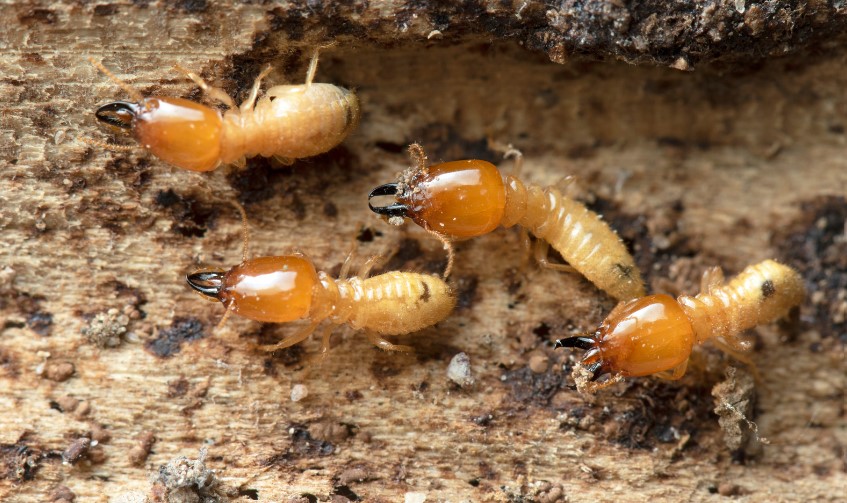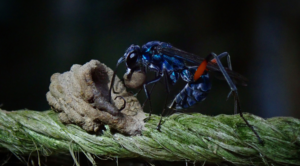Termites are small and soft bodies of whitish insects. Termites are harmless free-living insects that harm wooden and wood-structured environments. Termites often go a long period undetected, and they reproduce and form an infestation in the house. In this blog, we will explore what causes termite infestation in the house and how to prevent infestation.
What Causes Termite Infestation in the House?
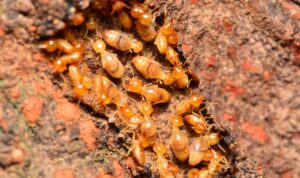
Termites are small insects which can attract buildings that will fulfil their basic need to survive and live. They prefer dark and warm, moist and warm climatic spaces to live and to form pest infestations. They are challenging to detect because they are very small in size, and they tarnish woods and build their nest inside the wood where dark and moisture climate is there. Let’s see what causes the termite infestation in the house briefly.
Moisture and Dampness
Small insects like termites need moist conditions to survive. Faulty environments like pipe leakage, damaged drainage system and improper ventilation system may cause the termites to form infestations. Moisture-damaged wood is also highly attractive to subterranean termites, which feed on cellulose in timber and other organic materials.
Wood to Ground Contact
When wooden structures, such as fence posts or deck supports in the house, come into direct contact with the soil, they create a bridge for termites to access your home. Subterranean termites, the most common type, build mud tunnels to navigate through the soil and gain access to cellulose-rich materials.
Woodpiles and Debris
Stacking firewood, lumber, or any other wooden debris near your home can attract termites and form insect infestations from feeding the cellulose content in the woods. These piles provide termites with a readily available food source and a convenient shelter. If the wood is infested with termites, it can quickly move from the woodpile to the nearby structure, initiating an infestation.
Cracks and Gaps
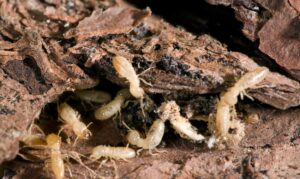
Small cracks and gaps in your home’s foundation, walls, or roof serve as entry points for termites. These pests are adept at squeezing through tiny openings and can exploit even the tiniest vulnerabilities to gain access to your property.
Lack of Regular Inspection of the Wood
Neglecting regular termite inspections increases the risk of an infestation going unnoticed until significant damage has already occurred. Early detection plays a vital role in minimizing the impact of termite activity on your home. So, make sure to complete the inspection of the wood in the house to prevent termite infestations.
How to Prevent Termite Infestation in the House?
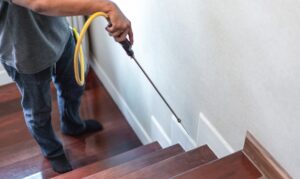
There are some techniques and methods to prevent termite infestation in your house. Such preventive measures are,
- Inspect regularly and fix any leaks or plumbing issues in your home
- Ensure proper ventilation in attics, basements, and crawl spaces
- Keep the area around your property clear of fallen branches, leaves, and other wooden debris
- Regularly inspect stored wood for signs of termite activity
- Seal the cracks and gaps in your home’s foundation, walls, and roof
- Install screens over vents and openings to prevent termite entry
- Schedule annual termite inspections performed by pest professionals
Conclusion
Termite infestations can be a homeowner’s nightmare, causing costly damage and compromising the house’s structural integrity. By understanding the factors that contribute to termite infestations, implementing preventive measures, and seeking help from pest control services, homeowners can safeguard their properties against these destructive pests.


